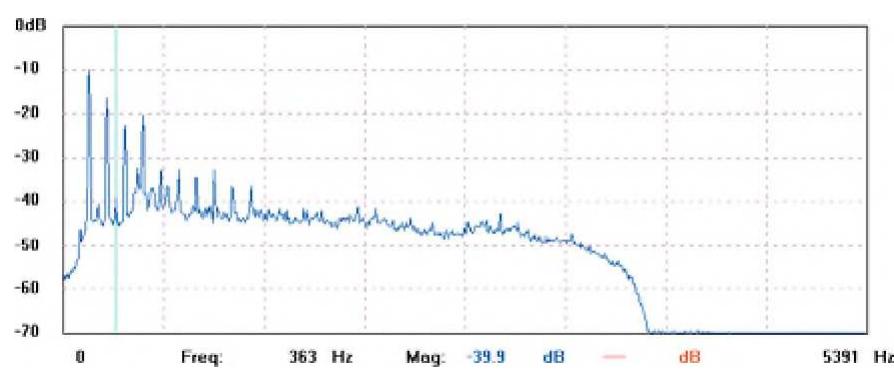Audio processing in police investigations
2004, Canadian Acoustics
Abstract
AI
AI
The paper focuses on the audio processing techniques utilized by the Audio and Video Analysis Section of the Royal Canadian Mounted Police (RCMP) to enhance intelligibility of audio recordings from various sources. It discusses common types of interference, such as hum and tones, and the methods employed to mitigate these disturbing elements using filters including comb filters and spectral inverse filters. The key emphasis is on achieving optimal voice intelligibility rather than merely producing aesthetically pleasing recordings.
FAQs
AI
What techniques are effective for reducing hum and tonal noises in recordings?
The study finds that comb filters effectively remove 60 Hz hum and harmonics, while adaptive filters tackle variable tones and predictable noise patterns, enhancing intelligibility in recordings.
How can audio filters improve intelligibility of low-quality recordings?
Adaptive filters and spectral inverse filters can enhance the clarity of voices by boosting high-frequency components, thus converting muffled audio into clearer, more intelligible speech.
What common challenges arise when processing police audio recordings?
Investigators frequently encounter issues with varying voice levels and unwanted interferences from electronics, necessitating complex adjustments to maintain clarity and intelligibility in recordings.
Why is maintaining high-frequency information crucial in forensic audio processing?
Retaining high frequencies, despite contributing to noise, is essential for preserving critical intelligibility cues, as voice clarity hinges on these frequencies, especially in murky audio environments.
How does digital audio editing assist in managing clipping artifacts in recordings?
Digital audio editing enables precise waveform reconstruction to eliminate clipping, significantly enhancing the audio quality by interpolating between surrounding data points.
References (2)
- Paul, J.E., "Adaptive Digital Techniques For Audio Noise Cancellation," IEEE Signal Processing Magazine, Vol. 1, No. 4, pp. 2-7, 1979.
- J. L. Flanagan, Speech Analysis Synthesis and Perception, New York: Springer-Verlag, 1972, p. 163.
 David Luknowsky
David Luknowsky


